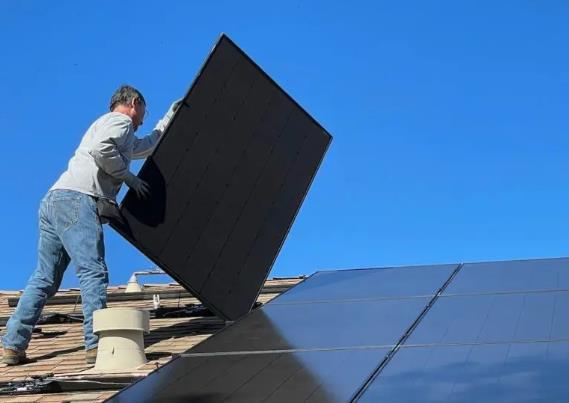Why Aren't My Solar Panels Producing Enough Power?
Experiencing underperformance from your solar panels can be frustrating, especially when expectations are set high for energy savings and efficiency. Several factors could be at play if your solar panels are not producing the expected amount of power. Understanding these issues can help you identify the cause and find an appropriate solution.

Inadequate Sunlight Exposure
Solar panels require direct sunlight to operate efficiently. If your panels are installed in a location that receives insufficient sunlight due to shading from trees, buildings, or other obstacles, their output will significantly decrease. The optimal placement for solar panels is typically a south-facing roof in the Northern Hemisphere, with minimal shading throughout the day.
Dirt and Debris Accumulation
The accumulation of dirt, dust, leaves, and other debris on your solar panels can obstruct sunlight and reduce their efficiency. Panels located in particularly dusty areas or under trees might require more frequent cleaning to maintain optimal performance. Studies suggest that dirty solar panels can experience a 5% to 20% drop in energy production, depending on the level of accumulation.
Aging and Wear
Like all technology, solar panels degrade over time. The average degradation rate for solar panels is about 0.5% to 1% per year, meaning that their output will gradually decrease as they age. After 20 to 25 years, most panels will still produce about 80% of their original output under optimal conditions. If your panels are older, natural degradation could be a contributing factor to reduced power output.
System Malfunctions or Damage
System components, including the inverter, wiring, and connectors, can malfunction or sustain damage. An inverter, which converts solar power from DC to AC, is particularly crucial for system performance. If it's not working correctly, the entire system's output can be compromised. Physical damage to panels from severe weather, such as hail or heavy snow, can also impact their efficiency.
Incorrect Installation or Configuration
Improper installation or configuration of your solar panel system can lead to suboptimal performance. This might include incorrect angling of the panels, inadequate wiring, or unsuitable inverter sizing. Ensuring that your system is designed and installed by certified professionals can help avoid these issues.
Temperature Effects
Solar panels operate most efficiently in cool, sunny conditions. High temperatures can reduce the efficiency of solar cells, a phenomenon known as temperature coefficient. For every degree above 25°C (77°F), a panel's output can decrease by about 0.5%. On extremely hot days, this can result in noticeably lower power production.
My solar panels are not producing enough power: Identifying the Problem
If you're noticing a significant drop in your solar system's performance, the first step is to assess environmental factors like shading or dirt accumulation. Next, inspect the system for any visible damage or wear and consider the age of your panels. If these external factors don't seem to be the issue, it might be time to consult with a professional to check for system malfunctions or installation errors.
Addressing the root cause of underperformance in your solar panels is key to maximizing your investment and ensuring your system operates at peak efficiency. Regular maintenance, proper installation, and situational awareness can help mitigate many common issues, keeping your solar power production on track.